City streets turn into outdoor museums when neighborhoods embrace large-scale public art. Those vibrant pieces come alive in concrete jungles, telling stories of local history, culture, and social movements in shape and color.
What was once dismissed as mere graffiti is now drawing in tourists, transforming neighborhoods, and providing platforms for artistic voices that could otherwise be suppressed. Here are 15 cities where stunning murals are now a part of the cityscape.
Philadelphia, USA
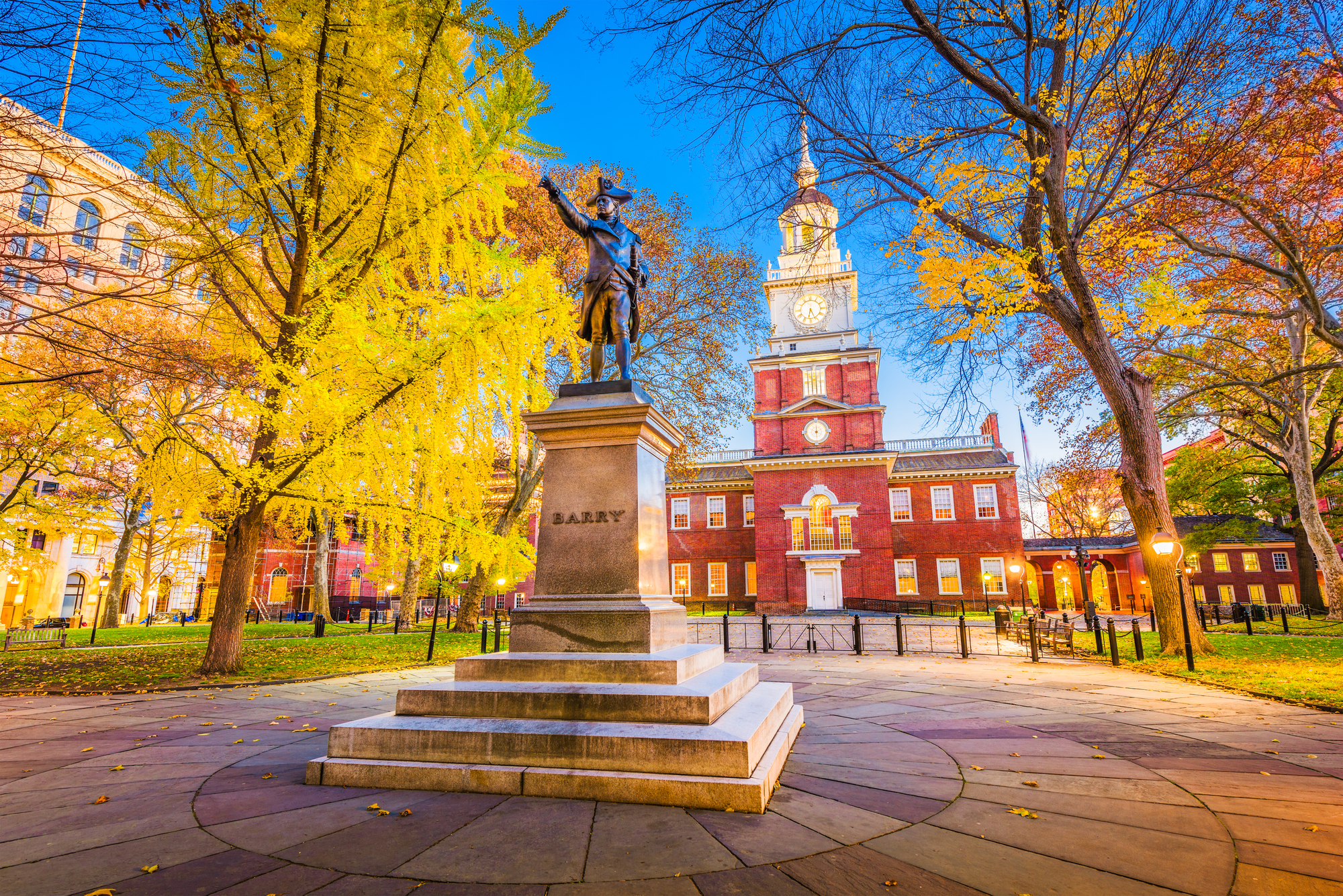
The City of Brotherly Love boasts over 4,000 murals under its groundbreaking Mural Arts Program, launched in 1984 as an anti-graffiti initiative. The enormous murals transform dull buildings into breathtaking canvases, some spanning multiple stories and city blocks.
Walking tours lead individuals through different neighborhoods, illustrating how such public murals reflect local history, ranging from the civil rights movement to immigration stories specific to each neighborhood. The program employs hundreds of artists annually and involves community members in the process, ensuring murals actually reflect neighborhood identities.
Valparaíso, Chile
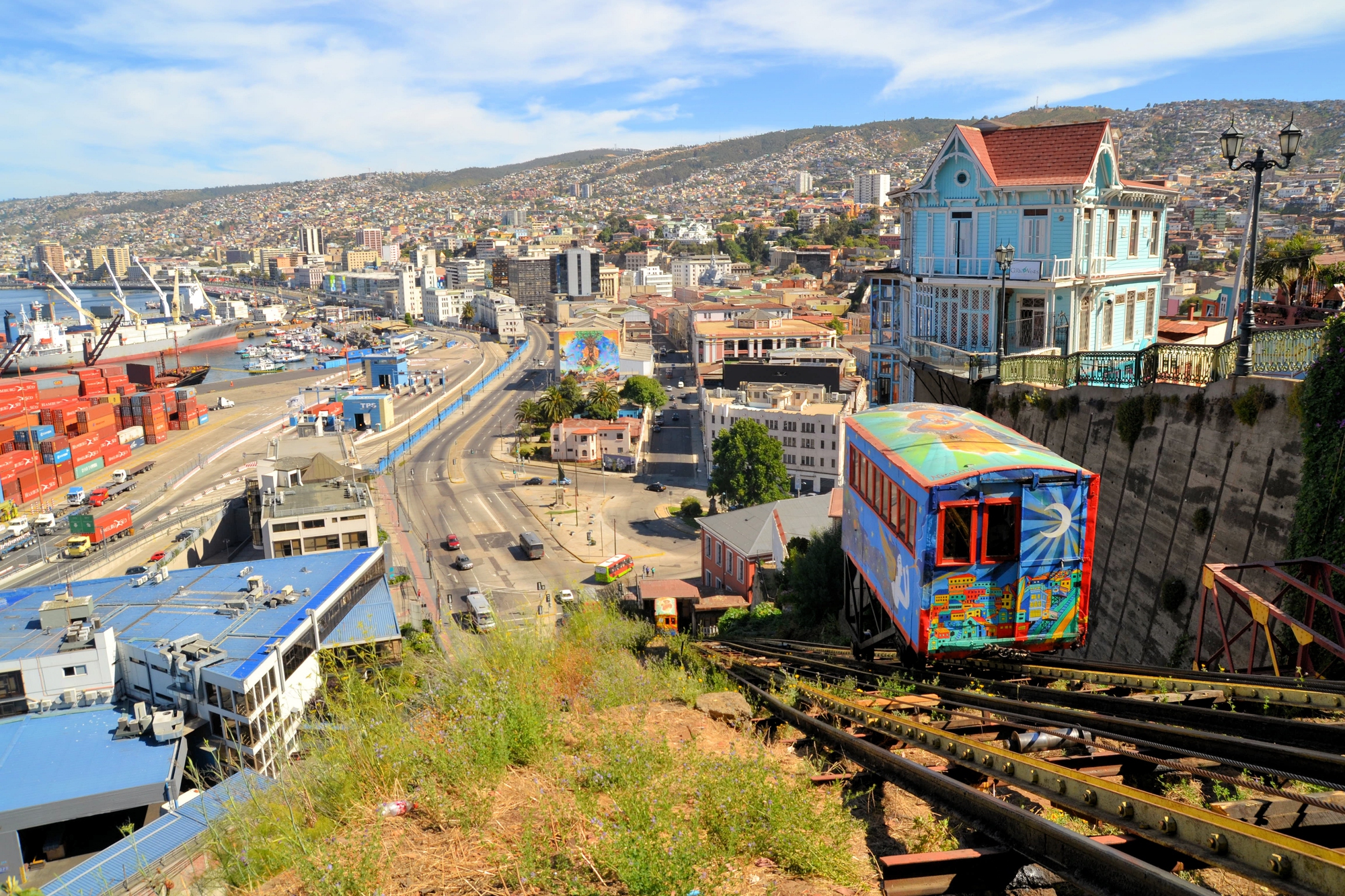
This colorful port town sprawls up the steep hill slopes, where nearly every available vertical surface has a colorful mural that reflects the free-expression spirit of the city. Painters from throughout South America have contributed their brush to this outdoor museum, creating work that ranges from abstract patterns to scathing political satire about Chilean history.
The UNESCO World Heritage location features funiculars that carry visitors up into the hills and provide privileged perspectives from which to view gigantic murals that are difficult to fully appreciate from street level alone. Guides who are locals conduct tours detailing how the practice of murals started as a political protest during the Pinochet dictatorship and developed into an iconized cultural heritage.
George Town, Malaysia
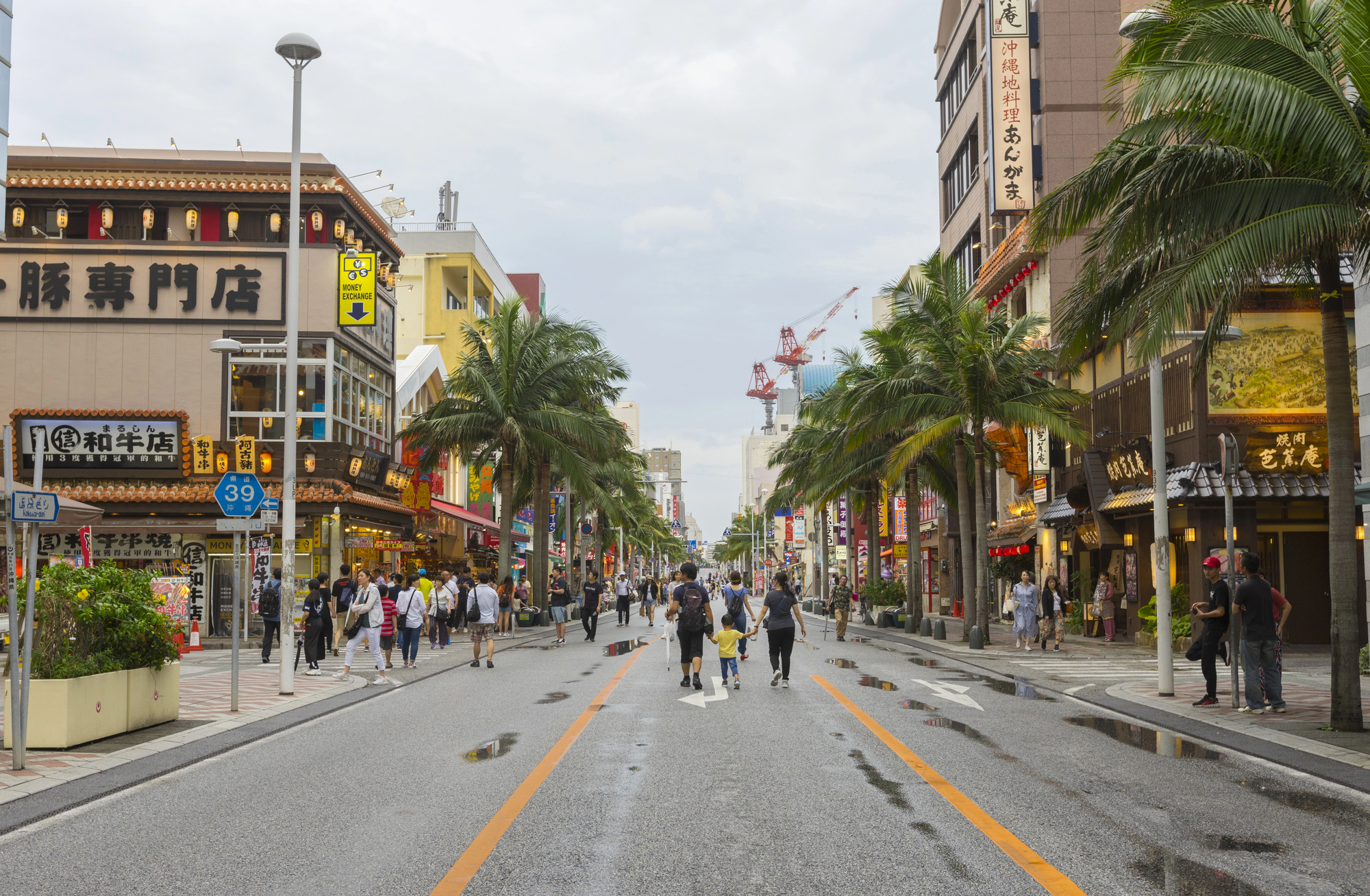
The historical center of Penang’s capital features an extraordinary blend of traditional street art and interactive metal wire sculptures that tell stories of local life. Artists have transformed crumbling heritage buildings into canvases depicting scenes from Malaysian history, daily routines, and folklore that might otherwise be forgotten.
The humid tropical climate means murals here have shorter lifespans, creating an ever-changing outdoor gallery where new works regularly replace faded ones. Tourists follow mural maps through narrow streets and hidden alleys, discovering artworks that often incorporate physical elements of buildings such as windows, stairs, and architectural details.
Like Travel Pug’s content? Follow us on MSN.
Berlin, Germany

The German capital’s relationship with wall art began with the famous Berlin Wall paintings and expanded into one of Europe’s most dynamic street art scenes. Entire apartment buildings in neighborhoods like Kreuzberg and Friedrichshain display massive murals by internationally renowned artists addressing themes from gentrification to climate change.
The city’s approach to public art reflects its complex history, with many murals directly commenting on German reunification, immigration, and European identity. Former industrial areas have been reborn as cultural districts where commissioned murals coexist with spontaneous guerrilla art, creating visual conversations across public spaces.
Buenos Aires, Argentina
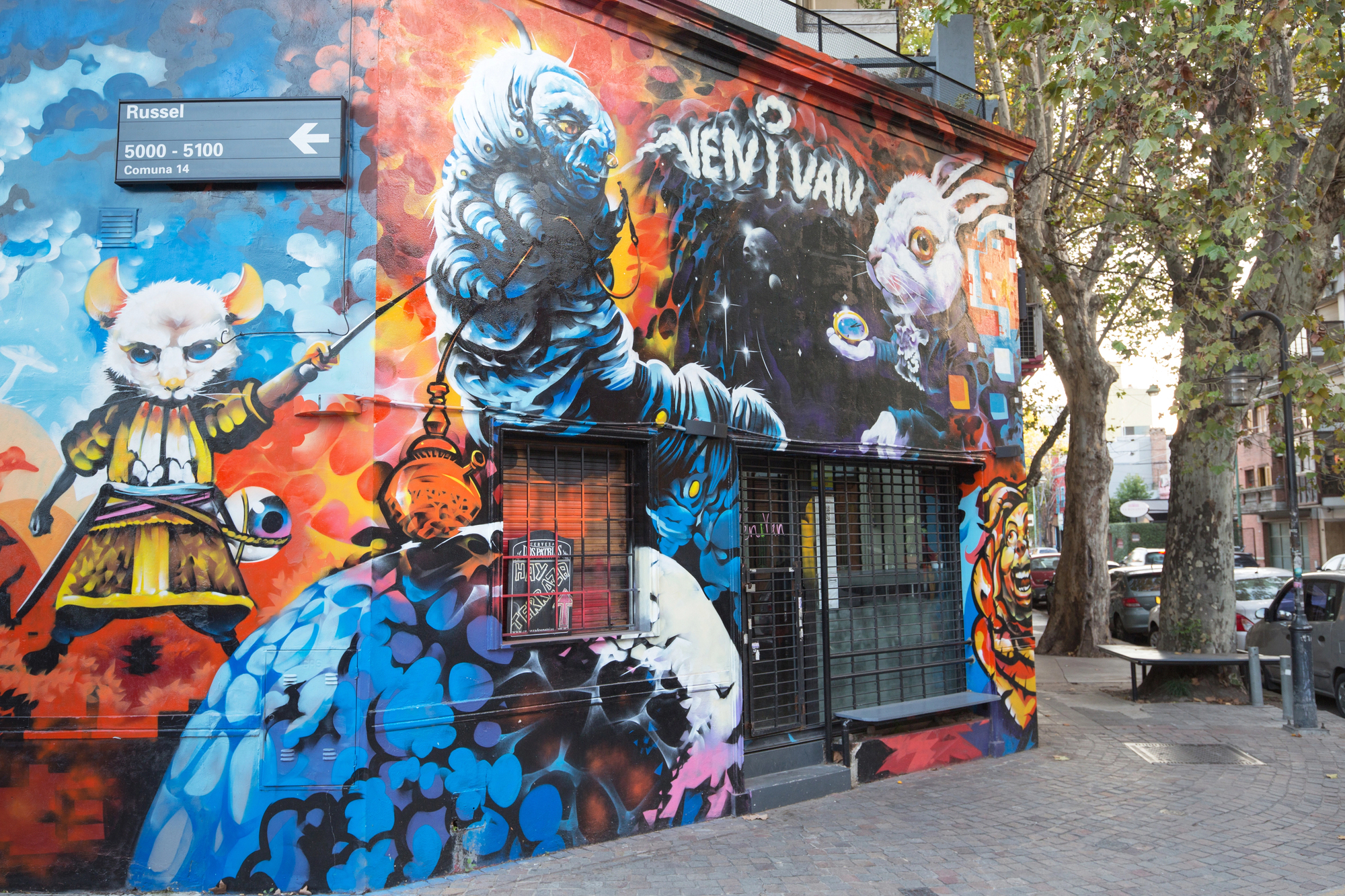
The Argentinian capital embraces street art through progressive policies that have transformed entire districts into colorful showcases of Latin American mural traditions. Neighborhoods like Palermo and La Boca feature blocks where virtually every building displays works ranging from politically charged statements to surrealist dreamscapes.
Local artists draw inspiration from indigenous motifs, European influences, and contemporary movements, creating a uniquely Argentinian visual language. Many murals incorporate themes related to human rights and political disappearances during the military dictatorship, serving as both beautiful art and powerful public memorials.
Bristol, UK
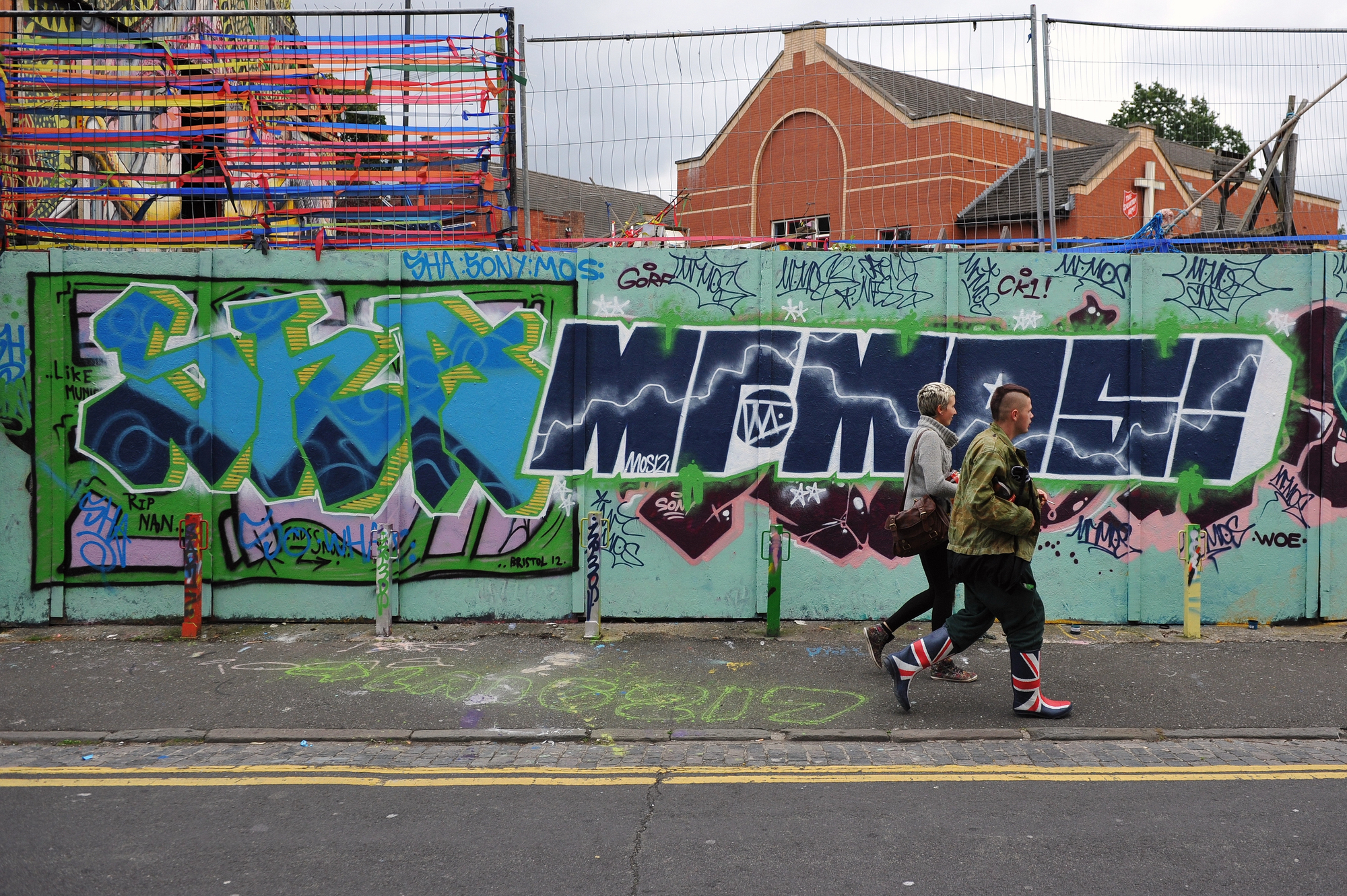
The birthplace of mysterious artist Banksy has developed into Britain’s unofficial capital of street art, where murals command respect from residents and city officials alike. The annual Upfest festival transforms the city with hundreds of new murals painted over a single weekend, completely refreshing the urban landscape each summer.
Artists work on scaffolding while thousands watch the creative process, breaking down barriers between creators and audience in ways traditional galleries never could. The city’s industrial heritage provides perfect canvases in the form of warehouse walls, railway arches, and waterfront buildings that now attract art tourists from around the world.
Like Travel Pug’s content? Follow us on MSN.
Mexico City, Mexico
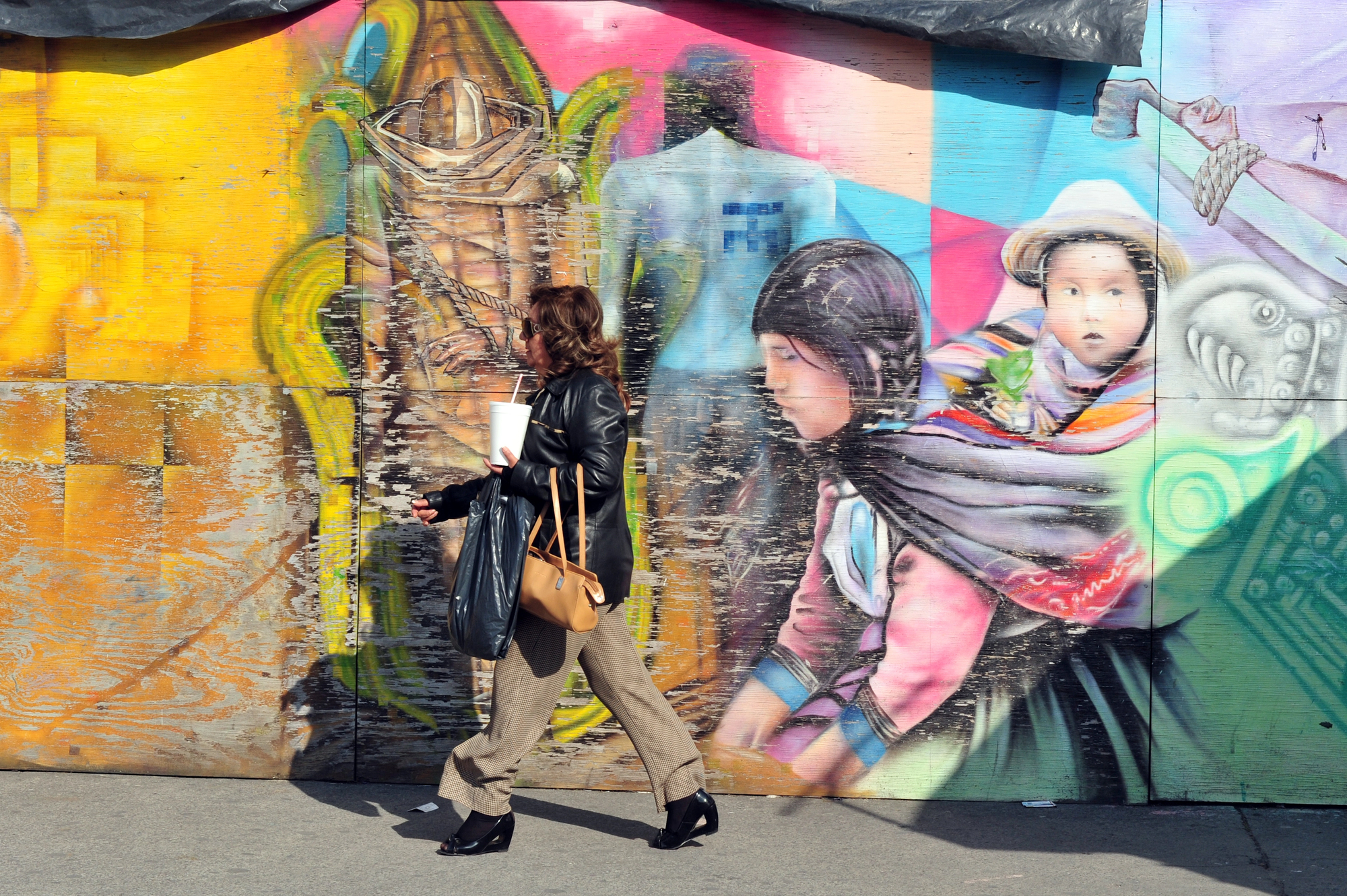
The Mexican capital continues a mural tradition dating back to post-revolutionary artists like Diego Rivera, with contemporary artists creating massive works addressing modern social issues. Historic buildings in the Centro Histórico district feature both preserved classic murals and new works that maintain this distinctly Mexican artistic lineage.
The city offers dedicated mural routes where visitors can explore how public art has been central to Mexican cultural identity for over a century. University campuses like UNAM feature iconic architectural murals that blend modernist buildings with indigenous imagery in uniquely Mexican expressions.
Łódź, Poland
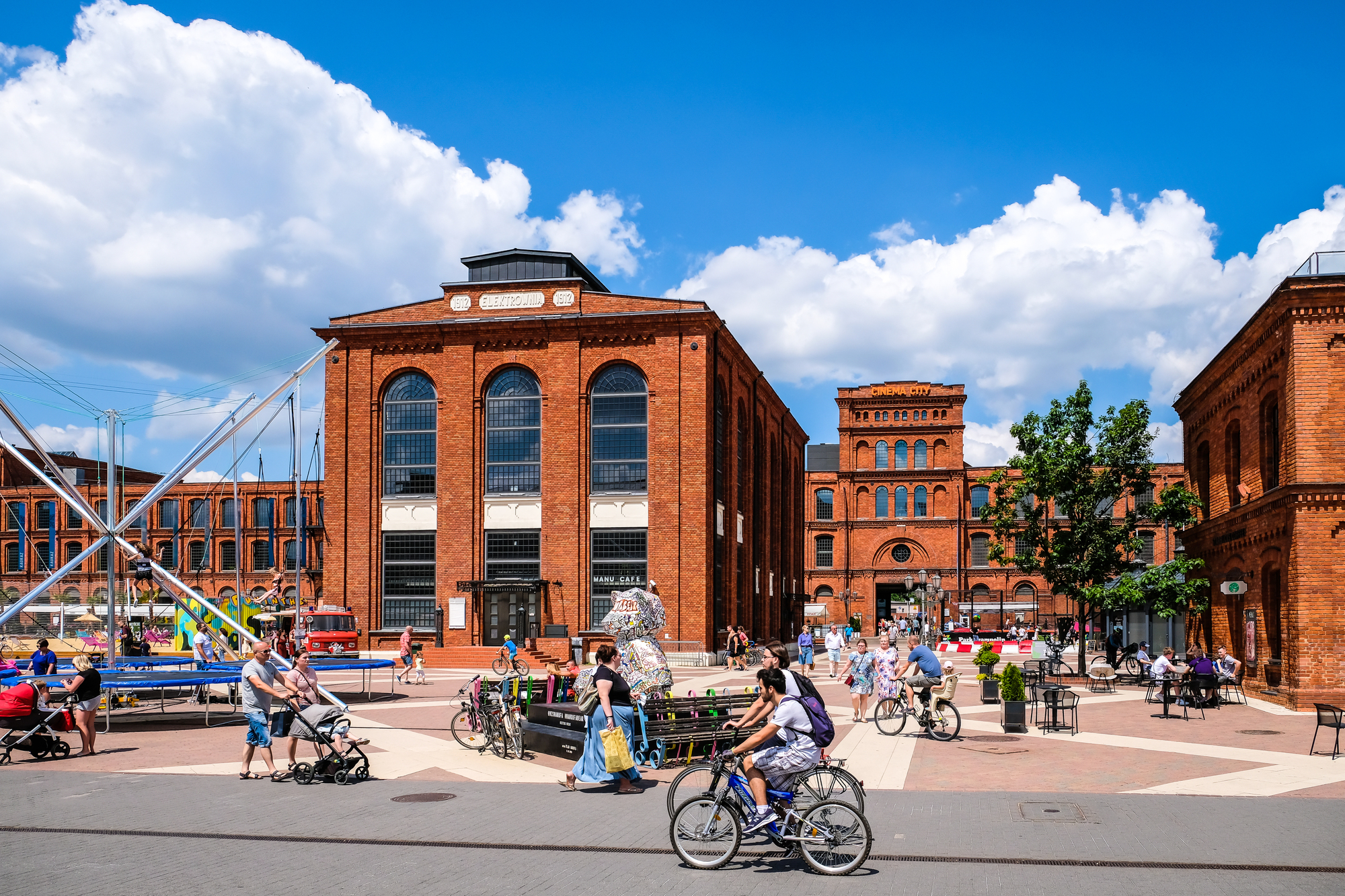
This former industrial center reinvented itself through Urban Forms, a project that has created over 80 massive murals on previously neglected buildings. International and Polish artists have transformed Soviet-era apartment blocks into vertical canvases visible from great distances across the city.
The scale of many works is truly breathtaking, with some murals covering entire sides of ten-story buildings with photorealistic detail. This artistic revival has helped the city transition from its manufacturing past to a cultural future, attracting younger Poles and international visitors to a previously overlooked urban center.
São Paulo, Brazil
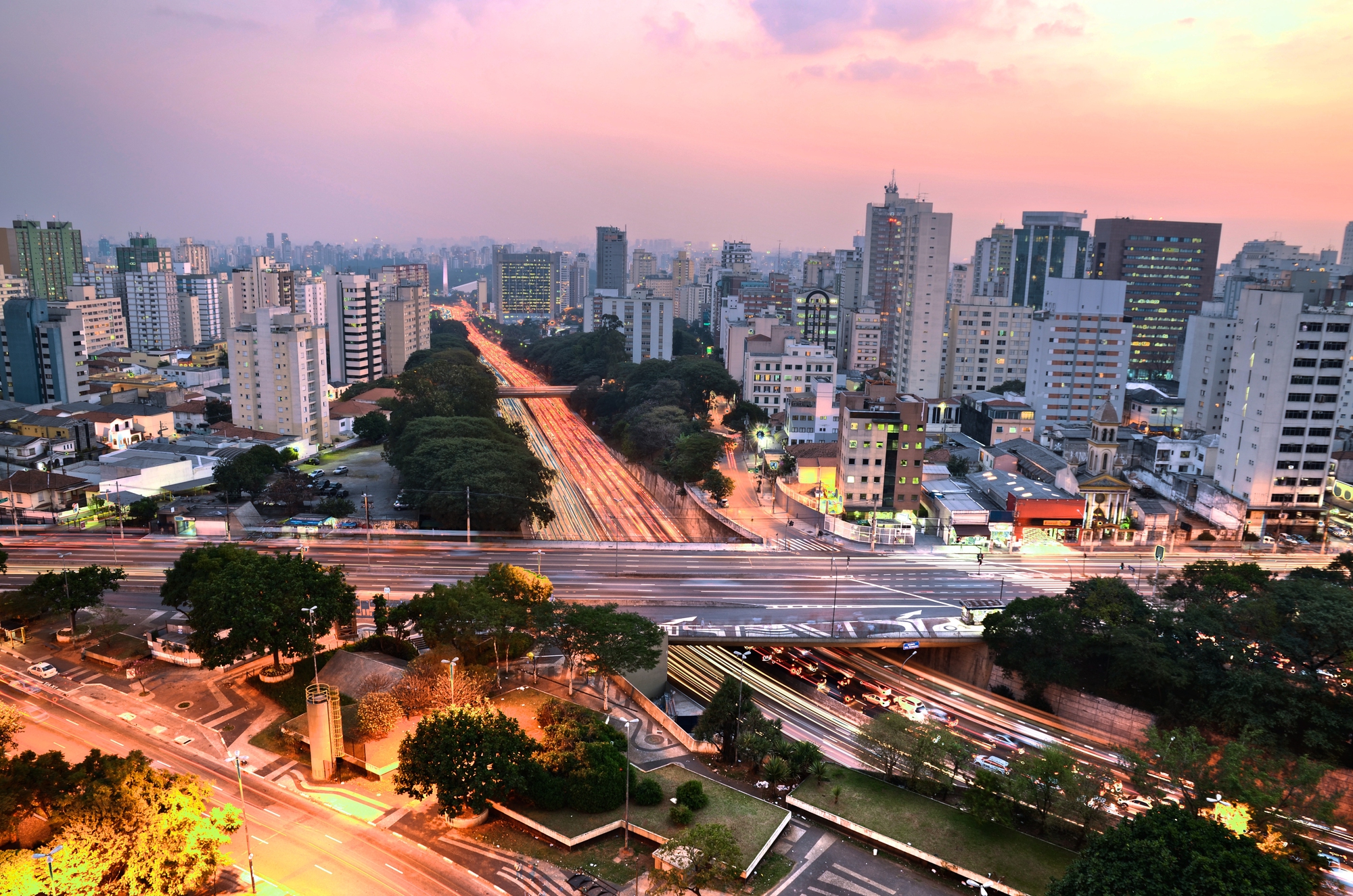
Despite once banning street art entirely, Brazil’s largest city now embraces murals that cover miles of concrete in neighborhoods from downtown to the suburbs. The city’s distinctive pixação angular graffiti style coexists with elaborate figurative murals that often address the extreme social contrasts within Brazilian society.
Artists like Eduardo Kobra have created works stretching over 30,000 square feet, setting world records while transforming the urban environment. The city’s open streets galleries feature works addressing indigenous rights, environmental destruction, and economic inequality in South America’s largest metropolis.
Like Travel Pug’s content? Follow us on MSN.
Melbourne, Australia
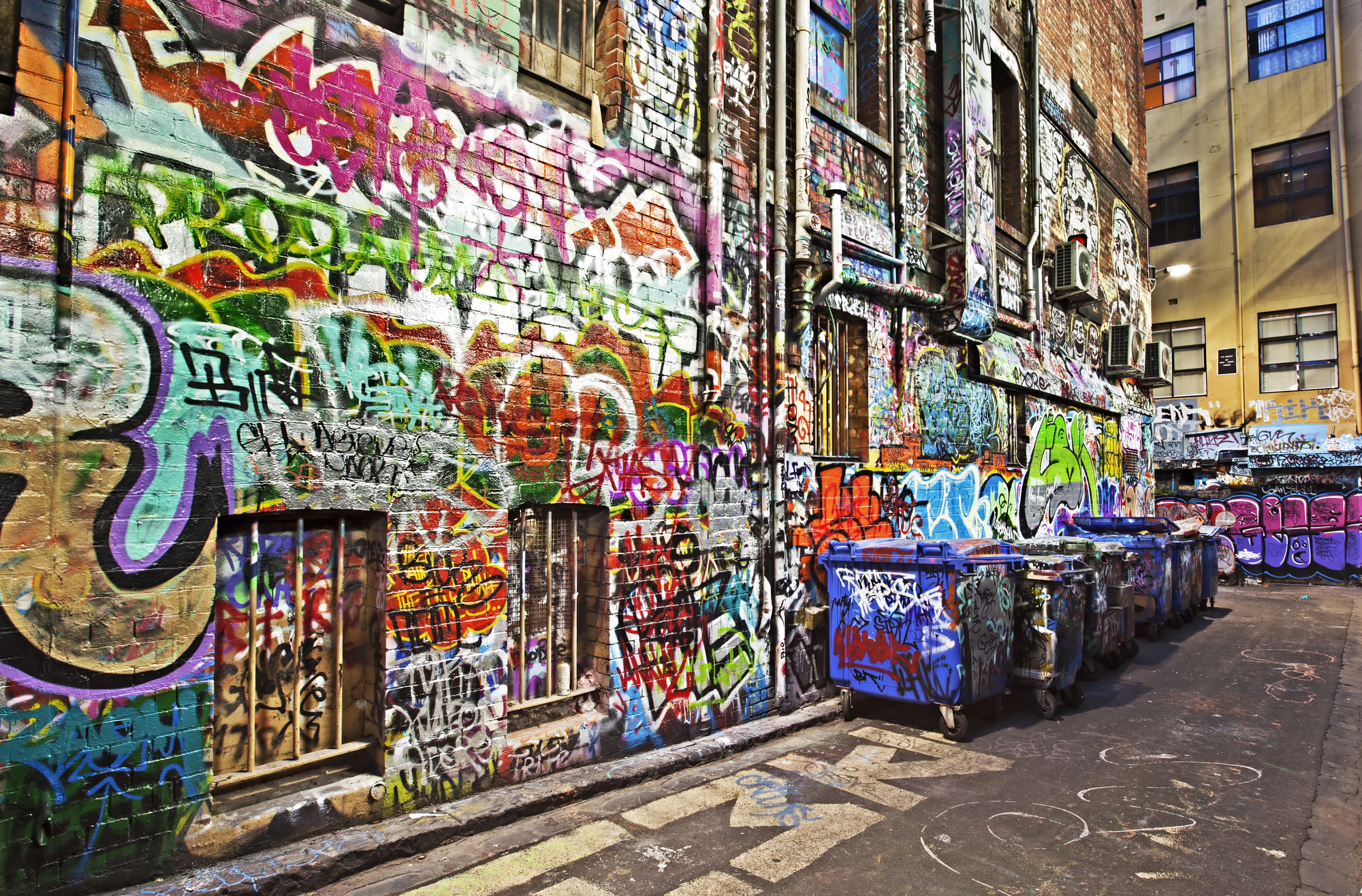
The Australian cultural capital officially sanctions street art through designated areas like Hosier Lane, where artists freely paint and repaint surfaces in an ever-evolving outdoor exhibition. The city provides permits for murals throughout downtown, recognizing their cultural value and tourism appeal beyond the original sanctioned zones.
Melbourne’s distinctive mural style often incorporates elements of Australian wildlife, Aboriginal influences, and contemporary cultural commentary. Coffee shops and restaurants commission works for their exteriors, creating a symbiotic relationship between local businesses and artists that has transformed the city’s visual identity.
Lisbon, Portugal
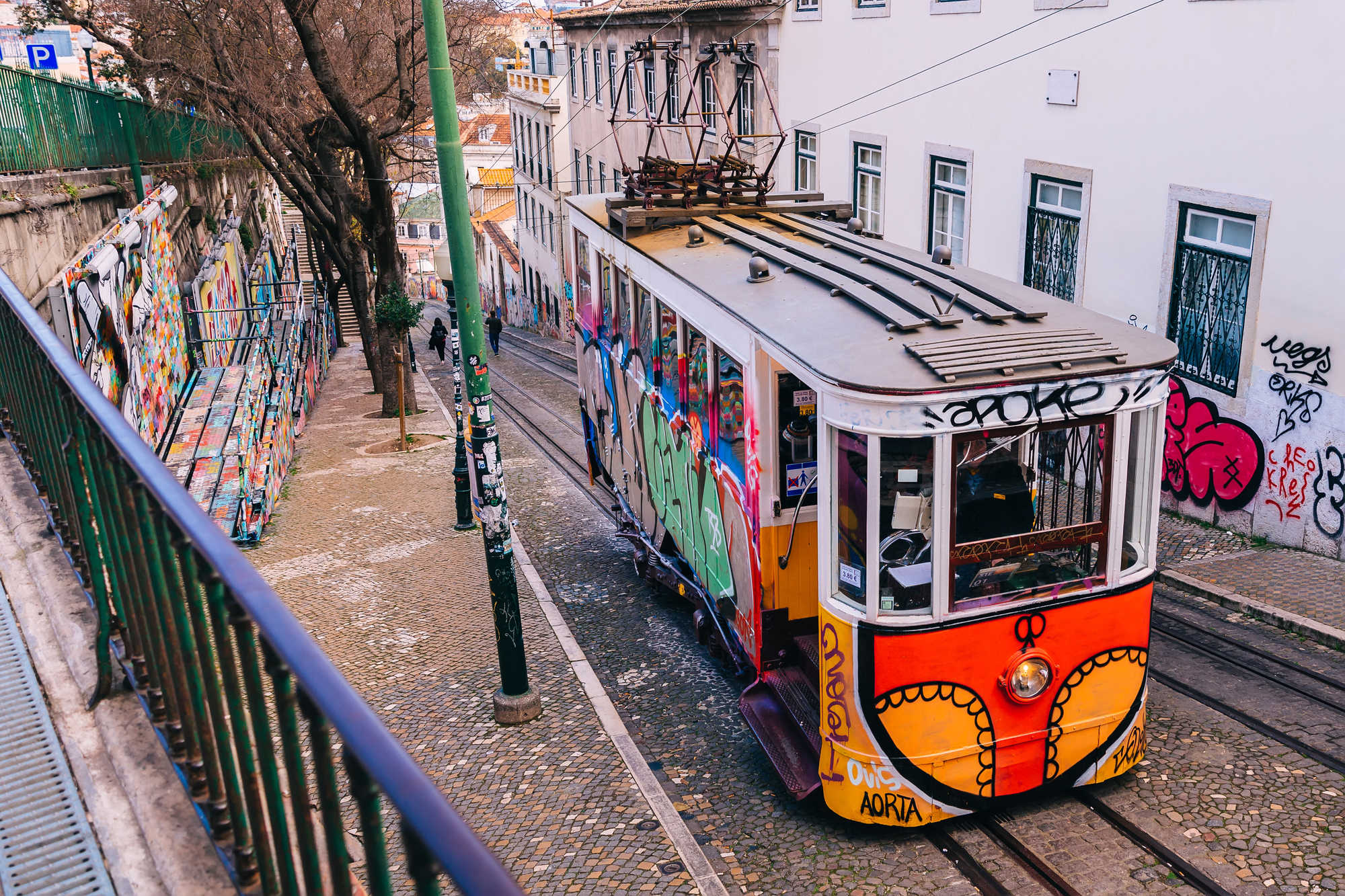
The Portuguese capital’s hilly landscape creates natural canvases for massive murals visible from numerous vantage points across the city. The city’s Galeria de Arte Urbana (GAU) program actively supports street artists through commissions that have transformed hundreds of buildings, electrical boxes, and even garbage trucks.
Traditional Portuguese tile patterns often influence the mural designs, creating a bridge between historic architectural traditions and contemporary expression. The spectacular hillside locations mean many murals can be viewed from miradouros (viewpoints) across the city, allowing visitors to appreciate the artworks integrated into the broader urban landscape.
Montreal, Canada
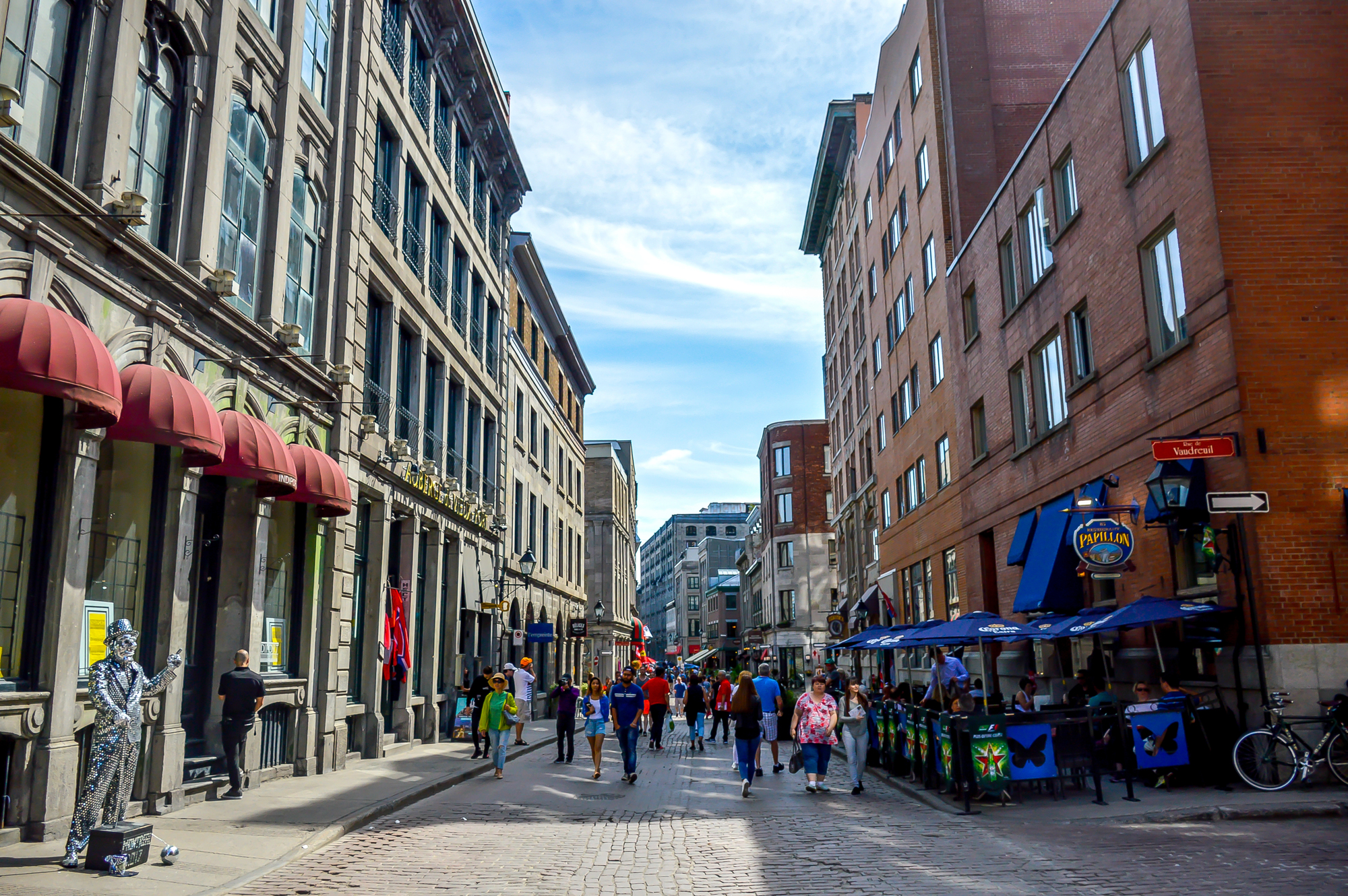
The Quebec metropolis hosts the annual MURAL Festival that has generated over 100 permanent large-scale works transforming the Boulevard Saint-Laurent corridor. Artists work in all weather conditions during the northern summer, with crowds watching as blank walls transform into complex artworks over several days.
Winter snowfalls create seasonal contrasts against the colorful murals, photographers capturing how these works interact differently with the urban environment throughout the year. The city’s investment in public art has revitalized commercial districts and created year-round attractions in a city known for harsh winters.
Like Travel Pug’s content? Follow us on MSN.
Bogotá, Colombia
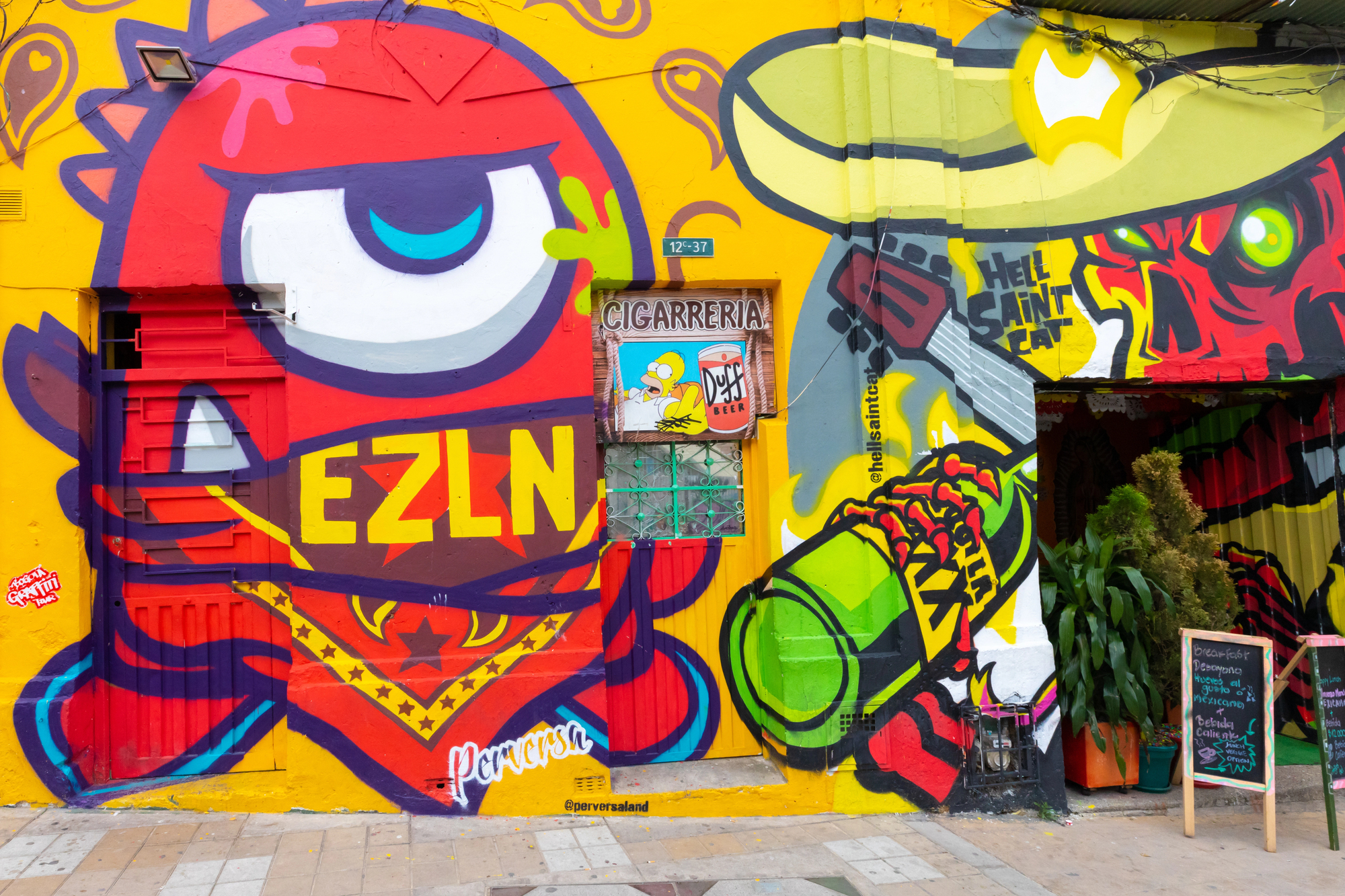
The Colombian capital’s approach to street art evolved from confrontation to collaboration, with city authorities now working alongside artists previously criminalized for their work. Neighborhoods like La Candelaria feature works addressing the country’s complex history of conflict, with many murals focusing on peace-building and reconciliation themes.
Indigenous artistic traditions influence many works, creating distinctive styles that separate Colombian muralism from other Latin American expressions. The high-altitude Andean light gives these works a particular clarity, with vibrant colors standing out against the mountain backdrop.
Taipei, Taiwan

Taiwan’s capital has embraced street art as part of its transformation into a progressive cultural hub, with entire districts designated for mural development. The annual POW! WOW! Taiwan festival brings international artists to create works influenced by both contemporary global styles and traditional Chinese artistic techniques.
Many murals incorporate elements of Taiwanese pop culture, folk traditions, and modern urban life in a rapidly changing Asian democracy. The tropical climate creates challenges for preservation, with artists experimenting with materials and techniques to extend the lifespan of outdoor works in humid conditions.
Lagos, Nigeria
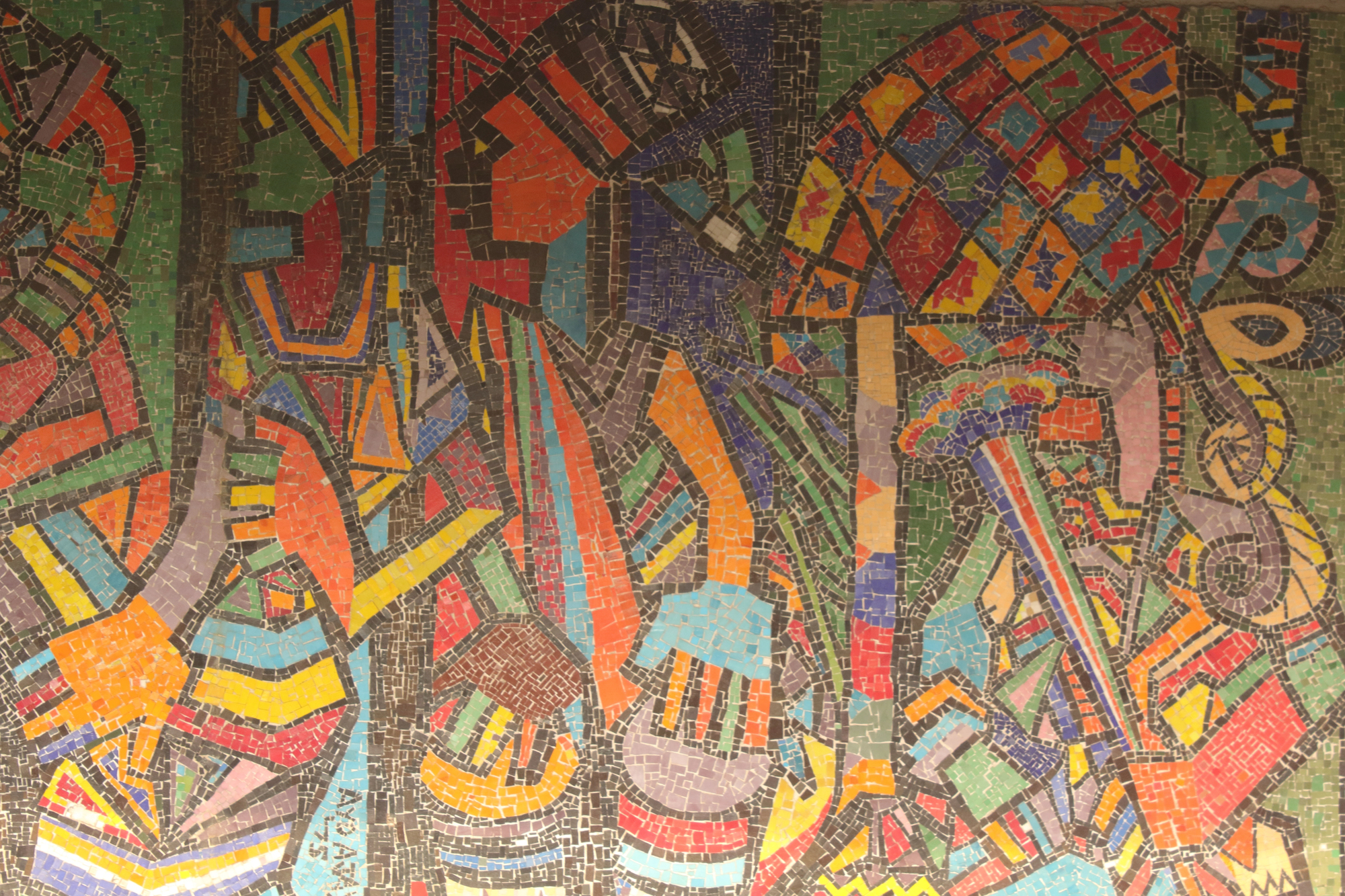
Africa’s largest city showcases a thriving mural scene that combines traditional West African aesthetics with contemporary global influences. Artists often address themes of rapid urbanization, environmental challenges, and Nigeria’s complex colonial legacy through works that transform ordinary buildings into cultural landmarks.
The vibrant colors mirror traditional Nigerian textiles and crafts, creating visual connections between ancient artistic traditions and modern expressions. Community-based projects involve local residents in both designing and painting murals, ensuring these works authentically represent neighborhood identities in this megacity of over 20 million people.
Like Travel Pug’s content? Follow us on MSN.
Urban Canvas Revolution
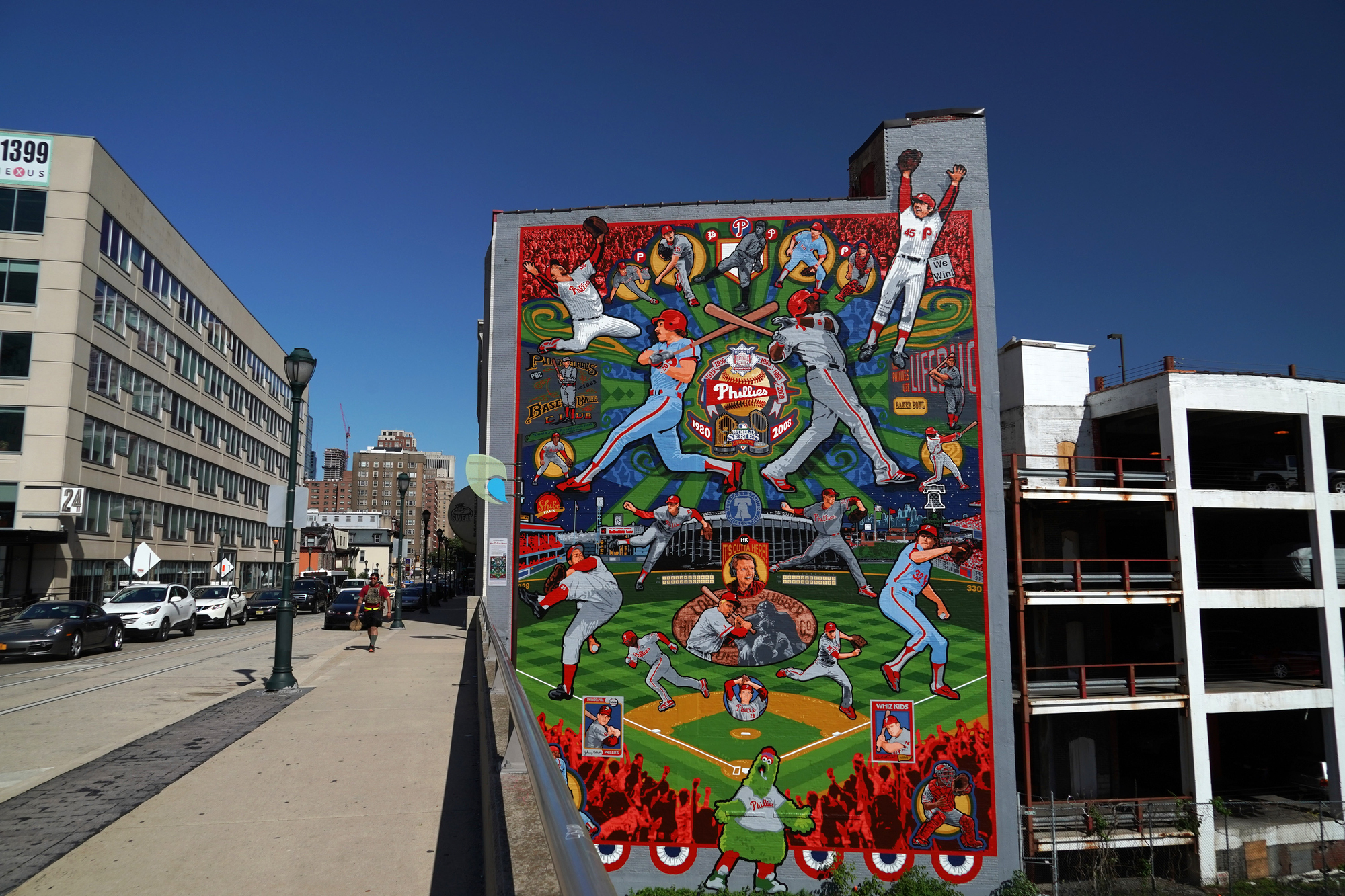
The global explosion of mural arts represents a fundamental shift in how we experience cities, transforming passive urban environments into engaging cultural experiences accessible to all. Where blank walls once created urban dead zones, vibrant artworks now generate conversation, reflection, and community pride without admission tickets or opening hours.
These painted cities challenge traditional notions about where art belongs and who deserves to create and experience it, democratizing expression in ways museum walls never could. As metropolitan areas worldwide face challenges of identity and livability, these fifteen cities demonstrate how collaborative creativity can humanize urban spaces, with each brushstroke reclaiming public space for public expression.
More from Travel Pug

- Cities Growing so Fast You Won’t Recognize Them in 10 Years
- 13 Destinations Where Tourists Regularly Regret Their Trip
- 16 U.S. Cities That Are Quietly Becoming Travel Hotspots
- Where to Travel If You Love Long Bus Rides and Daydreams
- 20 Cities Perfect for Solo Travelers Who Crave Adventure & Culture
Like Travel Pug’s content? Follow us on MSN.
